Bespoke Partnership
New Lotus Eletre blends extreme aerodynamics with cutting-edge technology
The Lotus Eletre, a full-size SUV and the company’s second all-electric car, will outperform practically every road-going Lotus ever built
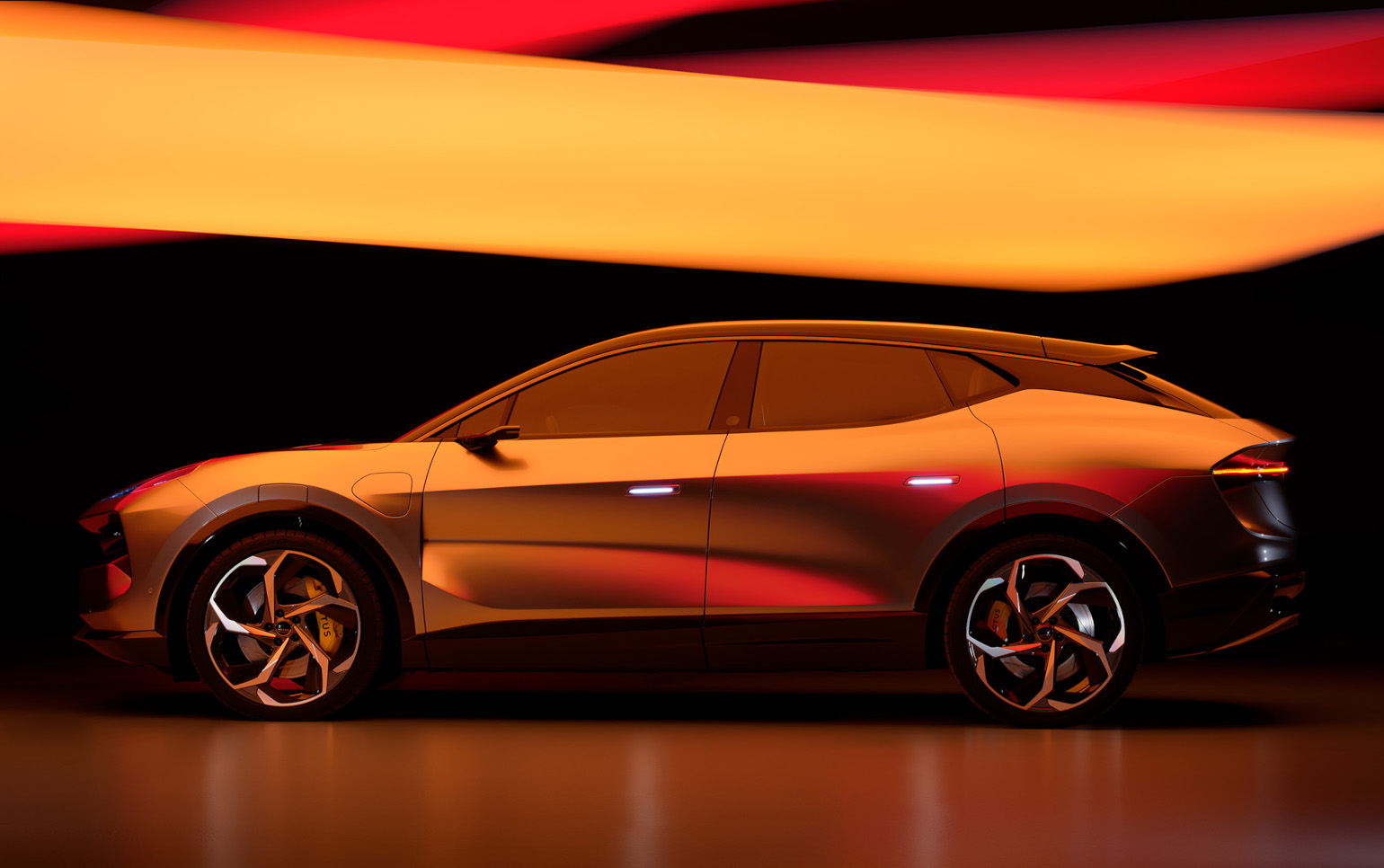
Leon Chew - Photography
In partnership with Lotus
Lotus Cars has always been a disruptor. Founded by Colin and Hazel Chapman in 1948, the Norfolk-based company continues to punch above its weight. Both on the road and on the track, Lotus is indelibly associated with a pioneering spirit of innovation that has unquestionably shaped the motorsport and motoring landscapes of today. The latter is ably demonstrated by Lotus Engineering, the company’s consultancy arm, which provides expertise to a host of major global manufacturers and suppliers. The Lotus magic might be uncredited, but it rarely goes undetected.
It’s clear to be seen in the new Lotus Eletre, a supreme example of a disruptive company reshaping the market to suit its own expertise. The Eletre is Lotus’ second all-electric car. The first, the Lotus Evija hypercar, goes into production this summer and is a statement of intent about the brand’s global ambition.
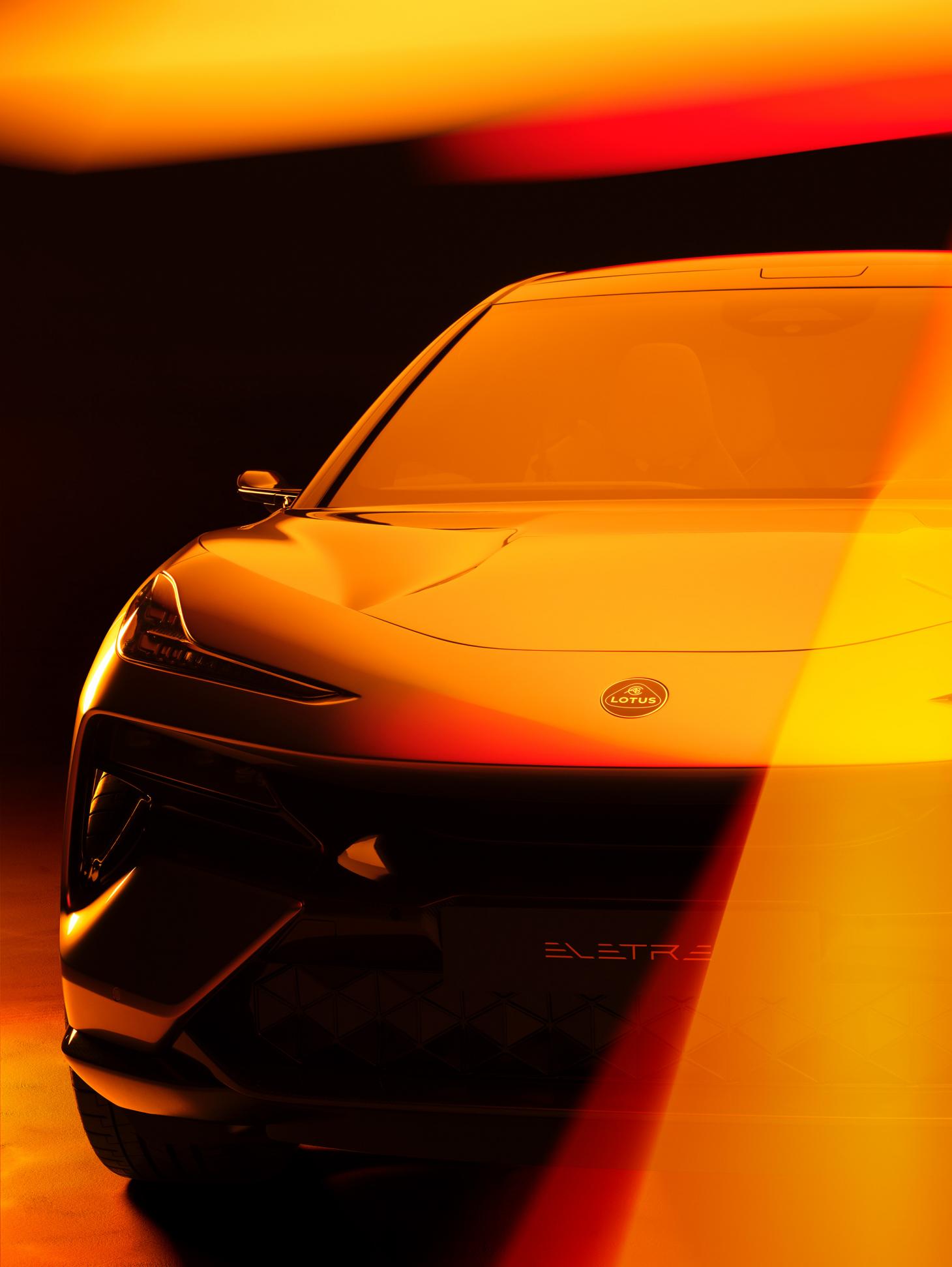
The Eletre is a very different beast. A full-size performance-focused SUV, it is a radical departure in many respects; from the number of doors to the sheer scale, from the quality of design and construction, right through to its integral role in the ongoing transformation of Lotus from a UK sports car maker into a truly global performance car business and brand.
The Eletre’s design team was led by Ben Payne, who points out that the car has been ‘Born British, Raised Globally,’ meaning his Warwickshire-based team worked with support from Lotus engineers around the world, predominantly China and Germany.
’When I joined Lotus, we already knew we were going to start doing something very, very different,’ says Payne. Developed alongside the Evija and the new Emira – the last-ever ICE Lotus – the Eletre shares a distinct familial DNA, albeit with a few marked differences.

Electric cars offer designers unprecedented levels of freedom, yet not all EVs have taken this leap into a new realm. The Eletre certainly does, making the most of the long wheelbase and short front and rear overhangs. Carbon-fibre construction and aluminium body panels reduce weight, an approach that is taken into the spacious, airy cabin. The flat-floor battery pack allowed the designers to make the most of this space, creating a driver-focused cockpit with superb detailing, from the minimalist switchgear to the folding central display, slender information screens for both driver and passenger, and powerful sound system created in collaboration with renowned British audio brand KEF.
The Eletre’s exterior surfaces directly address one of the most crucial components of EV design: aerodynamics. Lotus has quite some form in this field. Forty years in Formula 1, as well as myriad other race series, in addition to decades of svelte, low, wedge-shaped road cars, have given the company a strong heritage in low-drag design.
For the Eletre, this means bringing air through the car – a practice Lotus calls ‘porosity’ – in order to create downforce and aid cooling. The company’s ‘carved by air’ ethos is a development of the extreme approach taken in the two-seater Evija, and which subsequently inspired the new Emira. In comparison, the Eletre rides high, with functional apertures in the grille, in the D-pillar, and ahead of the rear wheel arches that channel air through the body. In addition, elements like flush door handles, a dynamic shape-changing grille, and retractable Lidar (light detection and ranging) pods for intelligent driving technologies, all help reduce air resistance.
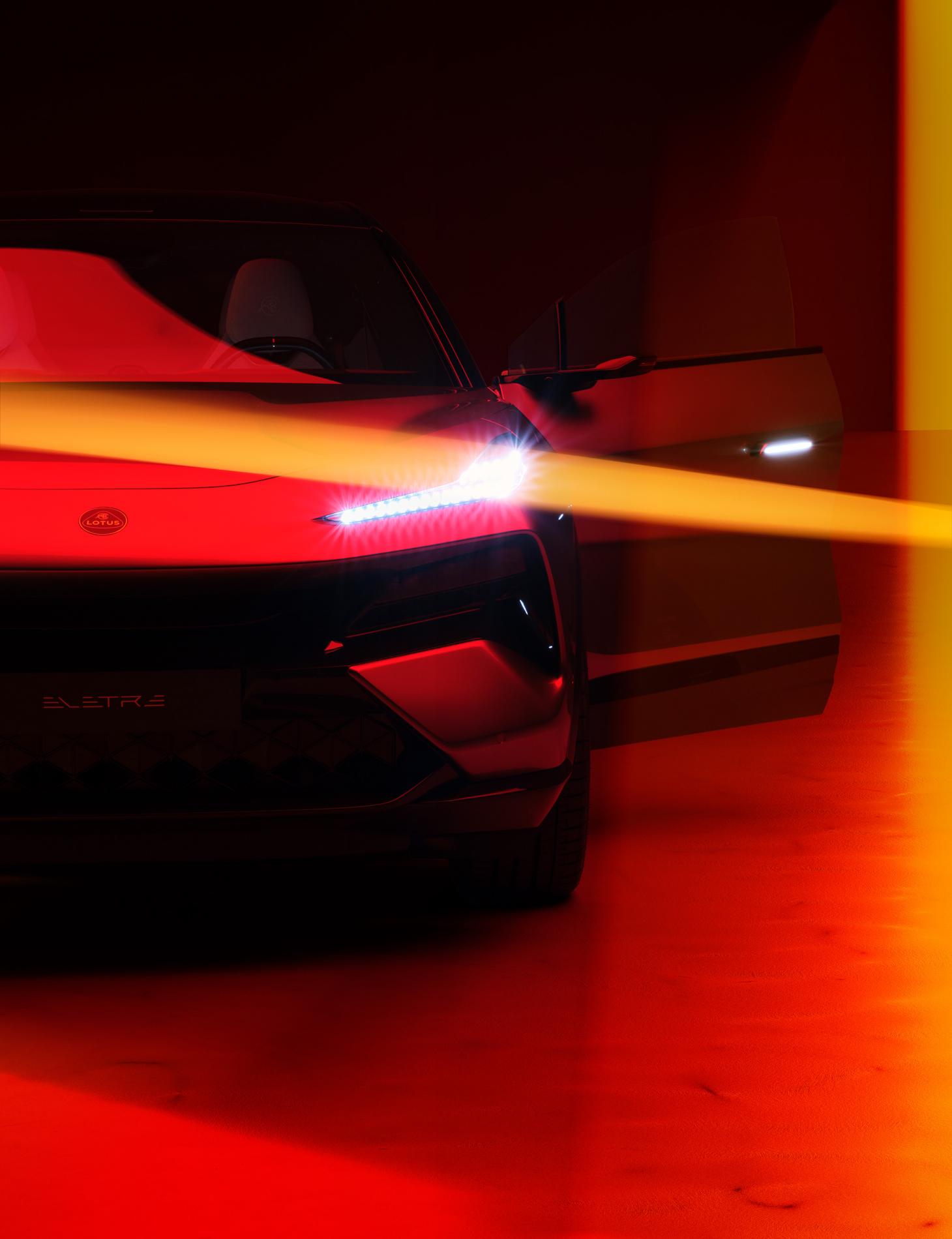
The Eletre is not a sports car. And yet, in many key metrics, it will outperform practically every road-going Lotus ever built. ‘These days, performance is a lot more diverse than simply being able to go fast around a track,’ Payne says. ‘It’s about how the car engages with you as a customer – especially new customers who are complete digital natives – as well as things like the ability to charge incredibly quickly.’
Using a 350kW charger, Lotus expects that 400km (248 miles) of driving range can be added in just 20 minutes, with a fully charged battery range of up to 600km (373 miles). Twin electric motors and all-wheel drive catapult the flagship Eletre to 160km/h (100mph) in under three seconds.
In every respect, the Eletre is a car that confounds industry wisdom and exceeds all expectations. As the brand’s 75th anniversary approaches, Lotus is taking a bold step into the future.
INFORMATION
Receive our daily digest of inspiration, escapism and design stories from around the world direct to your inbox.
Simon Mills is a journalist, writer, editor, author and brand consultant who has worked with magazines, newspapers and contract publishing for more than 25 years. He is the Bespoke editor at Wallpaper* magazine.
-
 Top 25 houses of 2025, picked by architecture director Ellie Stathaki
Top 25 houses of 2025, picked by architecture director Ellie StathakiThis was a great year in residential design; Wallpaper's resident architecture expert Ellie Stathaki brings together the homes that got us talking
-
 Year in review: the shape of mobility to come in our list of the top 10 concept cars of 2025
Year in review: the shape of mobility to come in our list of the top 10 concept cars of 2025Concept cars remain hugely popular ways to stoke interest in innovation and future forms. Here are our ten best conceptual visions from 2025
-
 These Guadalajara architects mix modernism with traditional local materials and craft
These Guadalajara architects mix modernism with traditional local materials and craftGuadalajara architects Laura Barba and Luis Aurelio of Barbapiña Arquitectos design drawing on the past to imagine the future
-
 Rivian hits Miami Art Week to release R1S Quad Miami Edition, a new colour and a scent
Rivian hits Miami Art Week to release R1S Quad Miami Edition, a new colour and a scentVivid sights and evocative smells are part of Rivian’s quest to humanise its all-electric SUVs
-
 RBW EV brings a much-loved classic sports car aesthetic into the modern era
RBW EV brings a much-loved classic sports car aesthetic into the modern eraThe RBW Roadster and GT hark back to a golden age of sports car design. Under the skin, these British-built machines feature bespoke all-electric running gear
-
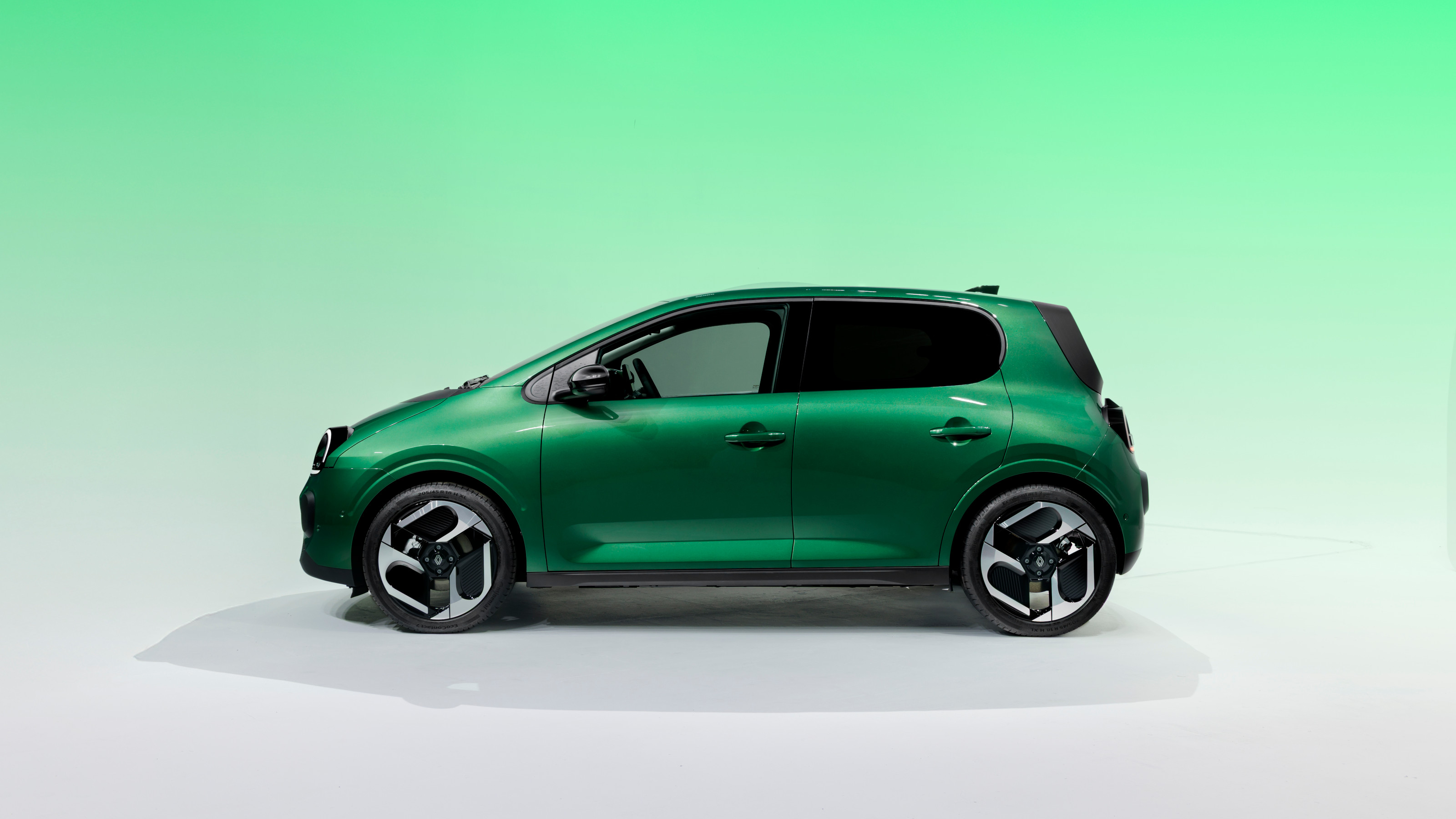 All hail the compact new Renault Twingo E-Tech – the city car is back in style
All hail the compact new Renault Twingo E-Tech – the city car is back in styleRenault continues to pay homage to its heritage by combining it with 21st-century technology. The new Twingo E-Tech is another winner
-
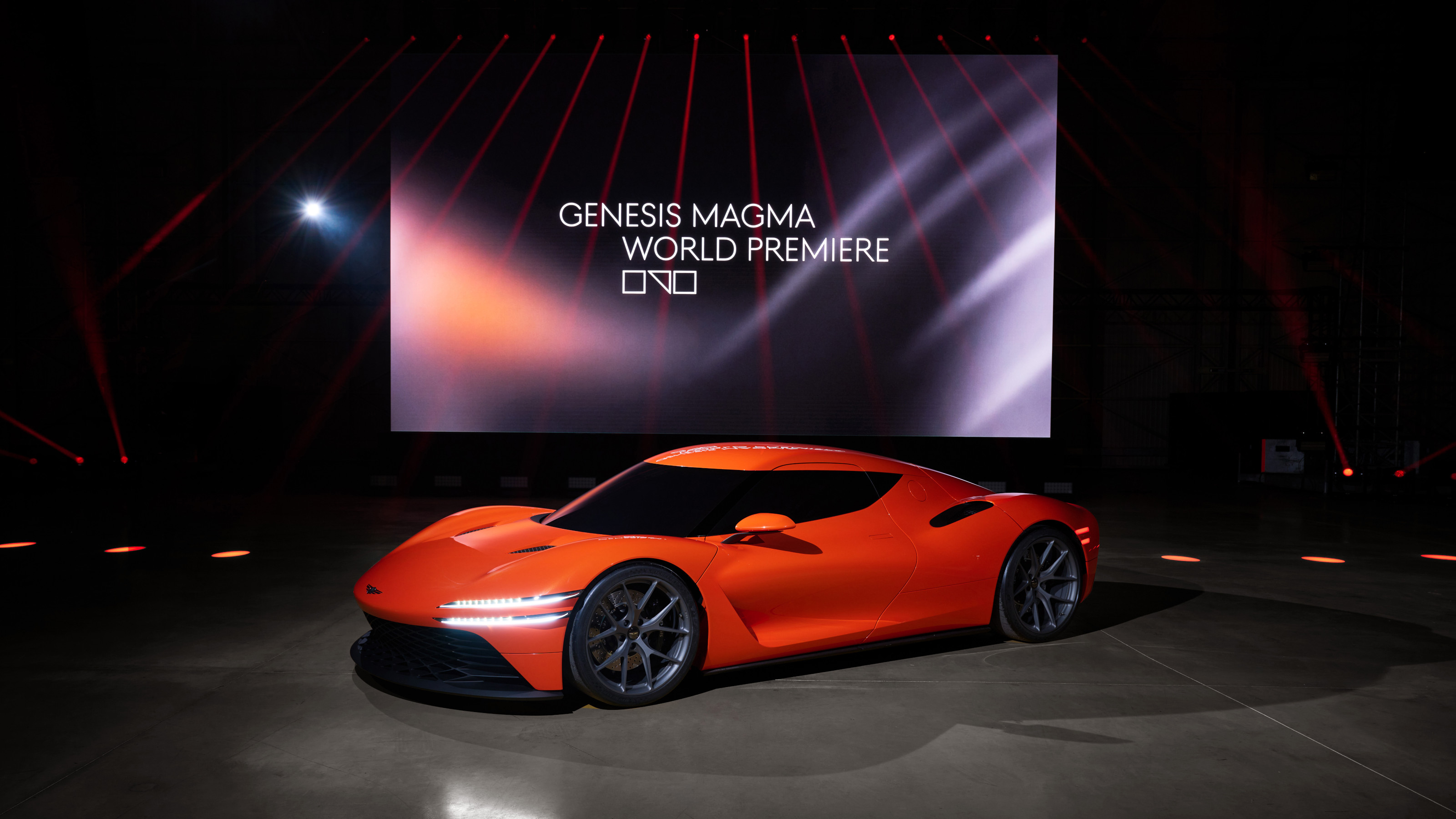 Genesis turns up the heat with its new Magma performance sub-brand
Genesis turns up the heat with its new Magma performance sub-brandGenesis has revealed the hot new GV60 Magma and striking Magma GT Concept in its quest to own luxury performance
-
 Around London in sybaritic silence with the majestic all-electric Lunaz Phantom V
Around London in sybaritic silence with the majestic all-electric Lunaz Phantom VClassic electrifier Lunaz has turned its skilled hands to the Rolls-Royce Phantom V. We sample the ultimate in zero-emission luxury on the streets of London
-
 Avatr Vision Xpectra concept transforms cars into ‘emotionally intelligent companions’
Avatr Vision Xpectra concept transforms cars into ‘emotionally intelligent companions’Revealed in Munich, electric car maker Avatr’s futuristic Vision Xpectra is a car that is not only beautiful, but a true form of ‘emotive luxury’
-
 Dacia wants to make small cars great again – all hail the new Hipster Concept
Dacia wants to make small cars great again – all hail the new Hipster ConceptThe best way to minimise energy use in all its forms is to downsize. The Dacia Hipster Concept is a smart way of making a practical car way more pint-sized
-
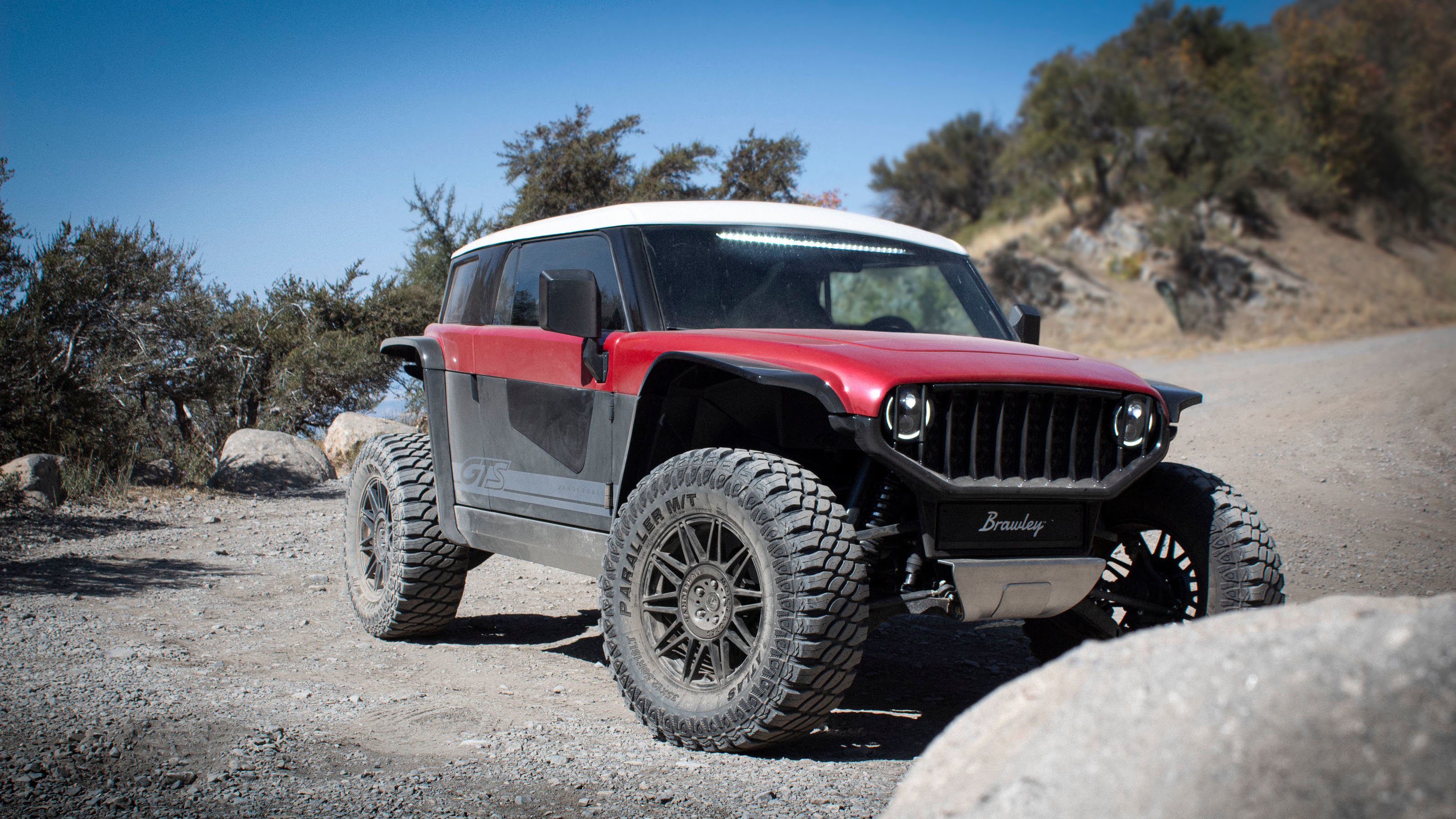 The Vanderhall Brawley GTS is a compact but mighty electric off-roader
The Vanderhall Brawley GTS is a compact but mighty electric off-roaderDeliveries of Vanderhall’s Brawley GTS have started, bringing zero-emission trail driving to enthusiasts across America